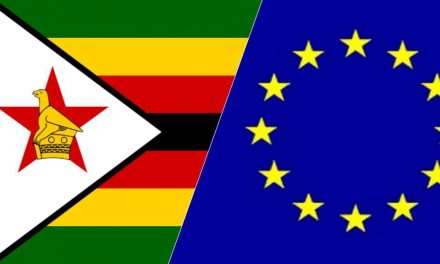A strategic map is a visual.representation of an organization’s overall objectives and how they relate to one another. Where an organisation has a large employee compliment or undertakes in many different activities, it assists in keeping actions consistent with the overall organisation strategy. It is more than a useful process even for the smallest organisations.
Benefits

Among the benefits of strategic mapping are the ability to view organisations performance holistically, better delegation, improved process design, greater organisational involvement and improved risk management.
Holistic performance overview
A strategic map places all of the organisation’s aims and objectives in one clear view. The map also views things across four important categories which we will get into later. The strategic map allows a snapshot view of the organisation’s performance in all spheres that matter.
Improved delegation
With a clear view of organisational objectives and an improved understanding of how they are connected it allows a leader to effectively delegate tasks to the right people. A simple example may be a business that uses technical staff that have very poor customer service skills to assist customers. While it may seem like the technical staff are the best for technical queries possible loss of value through poor customer interaction may be greater than the cost of training existing staff, outsourcing staff or employing staff who are customer-centric.
Improved process design
Depending on the goals of an organisation it’s possible to have many different activities taking place to further different goals. With a strategy map, you also have to opportunity to view your processes and see if there is a way to redesign, rationalise or simplify some processes. You need not separate advertising campaigns online and offline, for example. Rather have a unified effort that is adaptable to both online and offline, you are after targeting the same people.
Better organisational involvement
By allowing each member of an organisation to see where they fit into the organisation and how their efforts contribute to the overall objectives of the organisation you are much more likely to get buy-in and involvement from them. According to the latest Deloitte Millennial Survey, 49% of millennials (age 23-38) would quit their job within the next two years due to money, lack of growth and/or advancement opportunities. Understanding where one stands cannot eliminate the latter concerns but it goes a long way towards mitigating them.
Risk management
Because you can see the entire organisation and its processes in a glance you can also see the inherent weaknesses and risks that you are exposed to. This allows for better preparation and risk management.
Building a strategy Map

A strategy map is created with a top-down approach, that is strategy cascades down from the top. However, it is read from the bottom up, that means activities going up the chain. The four elements are organised in the following manner
Finances
While there are many measures of financial strategy success businesses are most likely to look at revenue growth and productivity. Non-profit organisations may have specific goals that involve impacting a certain social problem. This is the bottom line and it comes first in a strategic map.
Customers
I may say this too often but it always warrants repeating, a business is a customer the rest I commentary. So naturally, customers would come next. The specific goals here would be the relationship with the customer whether through product leadership, customer service or operational.
Processes
The processes section then goes on to look at the actions or processes that your organisation will utilise to achieve those objectives. A business (or any organisation for that matter) is a system of processes working together to achieve a specific goal. This is the How of it.
People and skills
In this tier, we look at the skills required to achieve objectives and the skills possessed within the organisation. What skills are missing and how to acquire them I’d something that the strategic map can help bring to light.

The right people and skills will make the processes work, which will satisfy the customer which will achieve financial goals. Strategic mapping is useful in analysing the feasibility of strategic objectives and plans. Even before committing to new ideas. It works for organisations large and small, profit or non-profit and dynamic organisations such as outsourcers or shamrocks.








